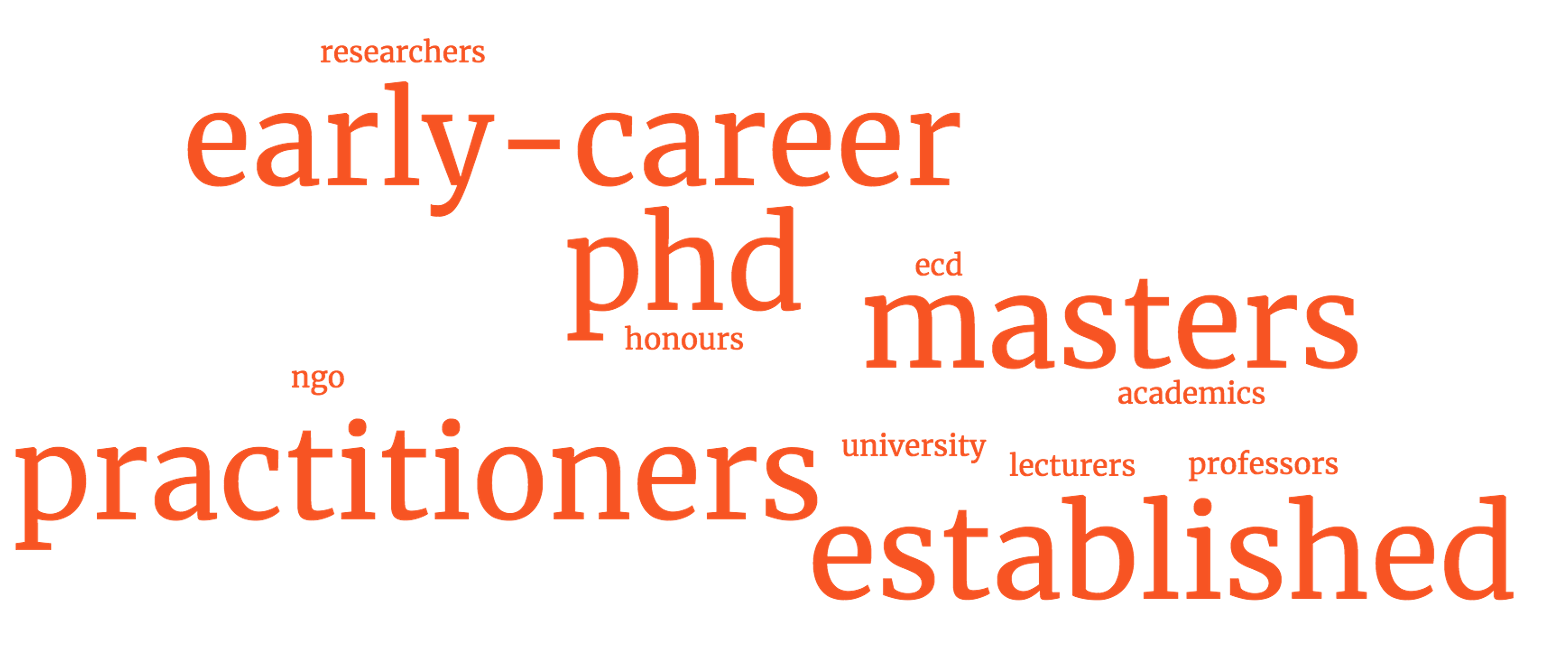Welcome to CLDN
the Child Language Development Node

Languages we work on:
 We are:
We are:

Fields we conduct research in:

The Child Language Development Node is hosted by the Department of General Linguistics at Stellenbosch University on behalf of the South African Centre for Digital Language Resources (SADiLaR).
The main function of the Child Language Development Node is to promote research on child language development in all South African languages and the digitisation of child language development data so that it is freely available on the SADiLaR platform for all scientists working on language, cognition, child development, language learning and language disorders.
The scientific and applied aims of the node are to advance knowledge about children’s language development in African languages. Data on African languages can inform the development of valid diagnostic tools and interventions to promote language and cognitive development in South Africa’s children in health and educational settings.
The Child Language Development Node has built up a network of scientists working on language development in different disciplines and departments at the following universities across South Africa: North-West University, University of Cape Town, Sefako Makgatho Health Sciences University, University of KwaZulu-Natal, University of Limpopo, University of Mpumalanga, University of the Western Cape, and UNISA.
Our flagship project is an inter-university collaboration focusing on development of Communicative Development Inventories (CDIs) for all South African languages. CDIs are parent report instruments that ask parents/caregivers to report on a child’s use of gestures, words and sentences. They can measure language development from 8 to 30 months and are good overall indicators of communicative development. There are CDIs for over 100 languages worldwide. These tools have been used to identify stages in language development and obtain norms for early language acquisition. These norms have formed the basis for developing linguistic and cognitive assessment and diagnostic tools in many countries. SADiLaR will be able to make available CDIs for all South Africa’s languages in the near future as well as normative data generated by means of these CDIs.
The Child Language Development Node’s digitisation of developmental data will have many applications. Scientists can use the data to develop new tools for assessments and interventions as well as linguistic, cultural and age appropriate materials for different learning environments. The digitisation of local linguistic and language socialisation data can inform the creation of African language-centred curricula for health and educational professionals to enhance their skills so that they are relevant to local needs.
Our collaborators are:


